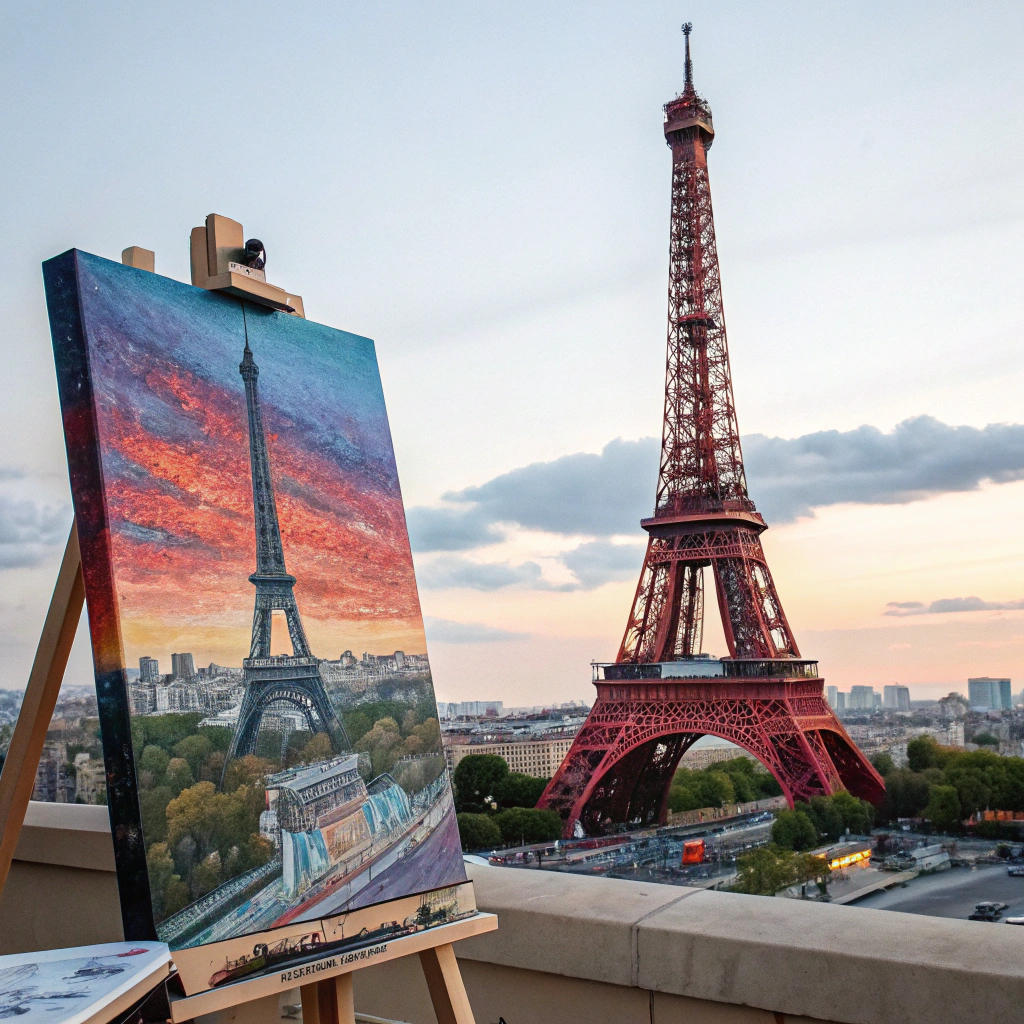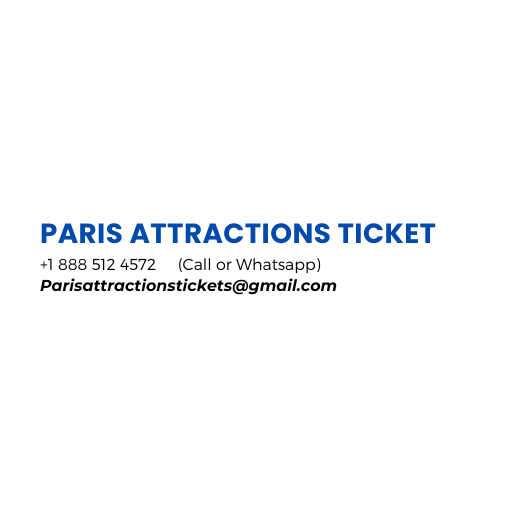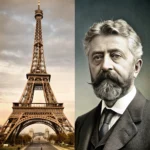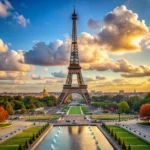
Introduction: Why Painting the Eiffel Tower Is a Big Deal
If you’ve ever wondered “How often is the Eiffel Tower painted?”, the short answer is every seven years — but that’s just the beginning of the story. The painting process is a massive undertaking that involves tons of paint, dozens of painters, and strict safety and environmental standards.
This article dives deep into how often the Eiffel Tower is painted, why it’s necessary, how it’s done, what colors are used, and some fascinating facts you probably didn’t know.
The Official Painting Frequency of the Eiffel Tower
Every Seven Years — The Golden Rule
The Eiffel Tower is repainted approximately every seven years. This schedule is based on over a century of maintenance history and ensures that the iron framework is protected from corrosion caused by rain, pollution, and changing weather conditions.
The seven-year cycle is not a random choice — it’s the optimal interval determined by engineers to balance cost efficiency, paint durability, and structural protection.
What Happens If the Painting Is Delayed?
If painting were postponed too long, oxidation (rust) could begin to damage the metal. This might not only alter the appearance of the tower but also threaten its structural integrity. Eiffel Tower engineers perform annual inspections to make sure the paint layer is intact and free from cracks or blisters.
A Short History of Eiffel Tower Painting Cycles
Gustave Eiffel’s Original Vision
When Gustave Eiffel designed the tower in 1889, he understood the importance of protection against rust. His team applied the first coat of paint before the tower was even completed. Eiffel himself recommended repainting it every seven years — a tradition still followed today.
Early Painting Cycles (1889–1930)
In the early years, painting was a far less complex process. Workers used brushes and lead-based paint (common at the time but now banned for health reasons). The Eiffel Tower changed colors multiple times — from a reddish-brown in 1889 to a yellow ochre in 1899.
Modern Painting Intervals (1930–Present)
Advancements in paint technology, scaffolding systems, and safety equipment have allowed the Eiffel Tower team to paint more efficiently. While the schedule remains around seven years, some cycles have been slightly shorter or longer depending on weather, budget, and major events like the 2000 Millennium celebrations.
The Massive Painting Process — Step by Step
Painting the Eiffel Tower is not just a quick makeover. It’s a meticulous project that takes over a year to complete.
Step 1 — Surface Preparation
Before new paint can be applied, the old paint must be scraped and cleaned. Workers remove any flaking paint and rust using hand tools, because sandblasting is prohibited (it could damage the iron).
Step 2 — Applying the Primer
A rust-inhibiting primer is applied to bare metal surfaces. This is the first protective layer that ensures strong adhesion for the top coats.
Step 3 — Adding the Top Coats
Two top coats are applied to ensure even coverage and durability. The paint is applied entirely by hand with brushes to reach the intricate latticework of the tower.
Step 4 — Environmental and Safety Measures
Painters work secured with harnesses at heights up to 300 meters, often in changing weather conditions. They also use netting and protective sheets to prevent paint from dripping onto the city below.
How Much Paint Does the Eiffel Tower Need?
Paint Quantity
Each painting campaign uses around 60 tons of paint. That’s enough to cover the equivalent of about 15 football fields.
Manpower
The project involves 25 to 30 specialized painters trained in rope access and high-altitude safety techniques.
Colors of the Eiffel Tower Over Time
From Red to Bronze
The Eiffel Tower has had a surprising number of color changes:
- 1889: Venetian red
- 1892: Reddish-brown
- 1899: Yellow ochre
- 1907: Yellow-brown
- 1954–1961: Bronze
- 1968 onward: “Eiffel Tower Brown” — a special bronze shade still used today.
The Eiffel Tower’s Current Color
The current shade, brun Tour Eiffel (Eiffel Tower Brown), is actually a gradient — lighter at the top, darker at the base — to enhance its visual appearance against the Paris sky.
Why Painting Is Essential for the Eiffel Tower’s Survival
Protection Against Corrosion
Iron is vulnerable to oxidation when exposed to moisture and oxygen. Without a paint barrier, the Eiffel Tower could deteriorate rapidly.
Maintaining Aesthetics
Painting keeps the Eiffel Tower looking fresh and appealing for over 7 million annual visitors.
Symbol of French Heritage
Regular maintenance ensures that the tower remains a global icon and a testament to French engineering.
The Cost of Painting the Eiffel Tower
Financial Estimates
The cost of each painting campaign is estimated at around €4 million. This covers labor, paint, safety equipment, and environmental protection measures.
Who Pays?
The Société d’Exploitation de la Tour Eiffel (SETE) — the company managing the tower — funds the painting through ticket sales and tourism revenue.
Environmental Considerations in Modern Painting
Lead-Free Paints
Since 1991, lead-based paints have been banned from the Eiffel Tower due to health risks. Modern coatings are eco-friendly and safer for workers.
Containment Systems
Protective netting and sheets prevent paint particles from falling into the city or the River Seine.
Fun Facts About Eiffel Tower Painting
- Manual Work Only: All painting is done with brushes — no rollers or spray guns.
- Height Challenge: Painters can face winds of over 50 km/h at the top.
- Color Debate: Parisians occasionally petition to change the tower’s color for special events.
FAQs About Eiffel Tower Painting
Is the Eiffel Tower painted from top to bottom or bottom to top?
It’s painted from top to bottom so drips don’t ruin freshly painted sections.
How long does it take to paint the Eiffel Tower?
Each cycle lasts about 18 months.
Can the Eiffel Tower be painted a different color?
Yes — but any color change requires approval from the Paris city authorities.
Conclusion: A Timeless Maintenance Ritual
The Eiffel Tower’s painting cycle is more than just a cosmetic touch-up — it’s a century-old tradition that keeps one of the world’s greatest landmarks standing tall and beautiful. Every seven years, skilled painters climb its iron frame to protect it from the elements, preserve its historic charm, and ensure that future generations can admire its elegance.
From Gustave Eiffel’s original red to today’s distinctive bronze gradient, the tower’s changing colors and careful maintenance are part of its unique story. So next time you gaze at the Paris skyline, remember: the Eiffel Tower’s beauty isn’t just natural — it’s maintained with dedication, precision, and a lot of paint.


